1. Participating in Competitive Eating Contests

From scarfing down 70 hot dogs in 10 minutes to devouring absurd amounts of pie, competitive eating is big in America. The Nathan’s Hot Dog Eating Contest on July 4th has become a national tradition, according to Elise Hammond from CNN. The idea of treating food—a necessity—as a sport is genuinely puzzling to people in many parts of the world. In countries where food scarcity is still a reality, this spectacle feels especially strange.
The sport has actual rankings, training routines, and celebrity eaters like Joey Chestnut. It’s loud, messy, and oddly thrilling to some—but also undeniably wasteful to others. Most other cultures appreciate food in slower, more communal settings. Watching someone nearly choke for applause? That’s a hard pass for many.
2. Turning Everything into a Tailgate Party
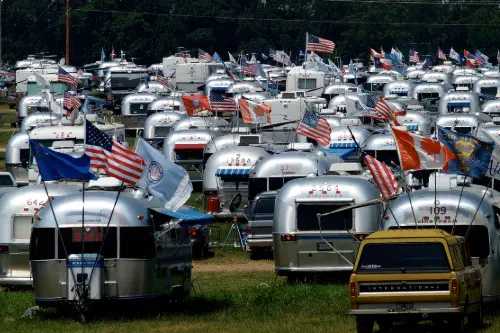
Americans can turn a stadium parking lot into a five-star barbecue joint with just a grill, a cooler of beer, and a love for their team, Frank Langfitt from NPR explains. Tailgating isn’t just about eating burgers—it’s a whole pre-game ritual that sometimes matters more than the game itself. You’ll find families with kids, retirees, and college students all camped out together, sharing food like old friends. In most other countries, fans just show up right before kickoff and head straight in.
What’s wild to outsiders is how early this starts—sometimes five hours before the game. There’s a whole culture around it: decorated RVs, customized flags, even tailgate-specific games like cornhole. It feels less like a pre-game and more like an outdoor block party with 80,000 of your closest friends. If you didn’t grow up with it, it seems bizarrely over-the-top.
3. Obsessing Over Pumpkin Spice Everything
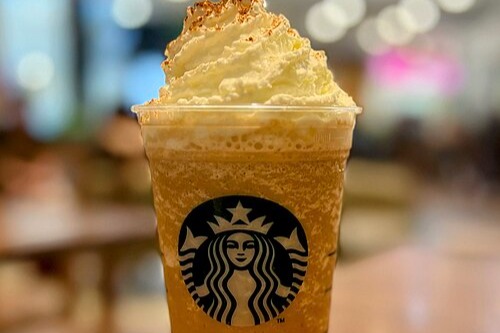
Come fall, America turns into a pumpkin-scented wonderland, Jess Cording from Forbes shares. Pumpkin spice lattes, pumpkin-flavored cereal, pumpkin candles, cookies, even dog treats—you name it, it probably has a pumpkin spice version. What started with one seasonal coffee drink from Starbucks has exploded into a multi-billion-dollar trend. To many outside the U.S., it’s hard to understand the hype over what’s basically cinnamon and nutmeg.
The funny part is that most of these products don’t contain any actual pumpkin. It’s the warm, cozy idea of fall that Americans are buying into. Other countries might enjoy fall flavors, but they don’t turn them into a personality. The dedication to the “PSL life” is just peak American seasonal enthusiasm.
4. Celebrating High School Sports Like They’re the Super Bowl
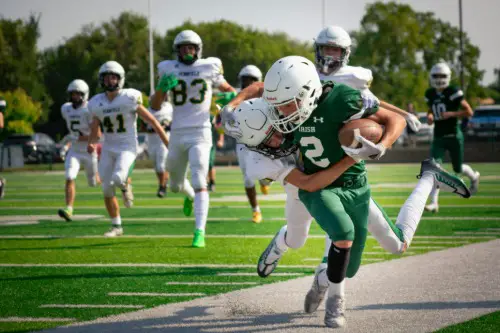
In small-town America, Friday night football games are a community-wide event. People pack into bleachers like it’s a pro match, and local businesses even close early to attend. Students don jerseys, marching bands perform halftime shows, and cheerleaders lead elaborate routines. This level of passion for teenage athletics is pretty much unheard of elsewhere.
While schools in other countries might have teams, the support is nowhere near this intense. The idea of stadiums for high school games baffles many foreigners. It’s more than a game—it’s a social gathering, a source of pride, and sometimes a ticket to college scholarships. To others, though, it feels like putting way too much pressure on teenagers.
5. Hosting Gender Reveal Parties With Pyrotechnics
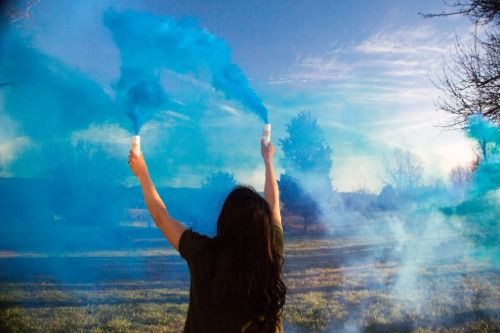
Americans have taken the simple idea of revealing a baby’s gender and cranked it up to 11, according to Diane J. Cho from PEOPLE. From colored smoke bombs to full-on explosions, these parties can get wildly elaborate—and even dangerous. One infamous reveal in California actually started a wildfire that burned thousands of acres. Most people outside the U.S. are like, “Wait… why is this even a thing?”
In other cultures, a baby’s gender might be shared casually or after birth. Turning it into a whole spectacle, sometimes involving helicopters or fireworks, feels excessive. It’s become more about social media content than family joy. And let’s be real, sometimes even Americans are over it.
6. Dressing Up Pets in Costumes—Seriously Elaborate Ones
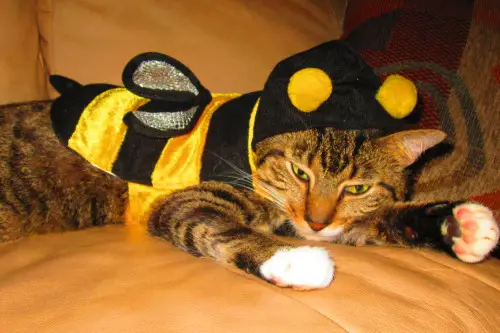
Sure, people in other countries put coats on their dogs in the winter. But Americans go all in—costumes for Halloween, birthdays, even weddings, according to Gita Sitaramiah from The Seattle Times. You’ll find full outfits with accessories, matching human-pet combos, and even runway-style pet fashion shows. Entire brands exist solely to outfit your schnauzer like a taco.
It’s not just cute; it’s a full-blown industry, worth billions annually. While many see it as harmless fun, others view it as a bit ridiculous or even demeaning to the animals. Most cultures focus on the practical side of pet care, not the aesthetics. But in the U.S., if your pug isn’t wearing a pirate hat on October 31st, are you even trying?
7. Taking RV Road Trips Like It’s a Lifestyle
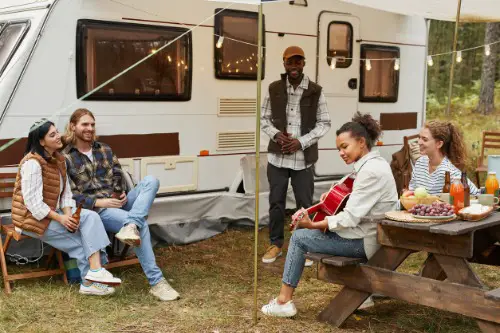
Americans don’t just take road trips—they do it in houses on wheels. RV travel has become a cultural phenomenon, with retirees, digital nomads, and adventure-loving families hitting the road for weeks or months. There’s a whole network of RV parks, social clubs, and even influencer content around “van life.” To much of the world, this seems like a wild commitment to not sleeping in a hotel.
Other countries have campers, sure, but they usually rent them for short stints, not live out of them full-time. The American idea of freedom is deeply tied to the open road. It’s Manifest Destiny vibes, just with more air conditioning and portable Wi-Fi. Still, for those not raised in it, the fascination with RV living is a head-scratcher.
8. Throwing Adult-Themed Kids’ Birthday Parties
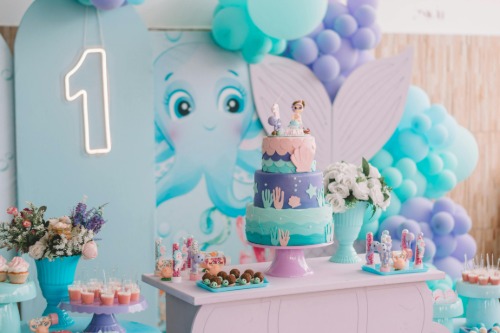
In the U.S., a child’s birthday party can look like a mini wedding. There are photo booths, gift bags for guests, entertainers, gourmet cakes, and perfectly coordinated themes. Pinterest boards and Instagram hashtags fuel the pressure to outdo last year’s bash. In many countries, birthdays are celebrated more simply—cake, maybe a few friends, and that’s it.
Parents might drop hundreds (or thousands) of dollars on a party the kid won’t even remember. To outsiders, it feels like the event is more for the adults than the children. And sometimes, it is—because that Instagram post isn’t going to post itself. It’s all part of the American tradition of going big or going home.
9. Going All-Out for Halloween—As Adults
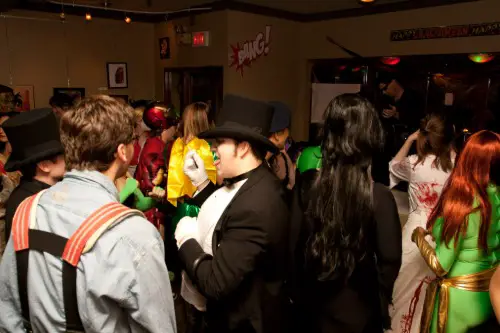
While Halloween is spreading globally, nowhere embraces it quite like America, especially among adults. People decorate homes weeks in advance, throw elaborate parties, and spend serious cash on costumes. It’s not unusual for entire neighborhoods to coordinate spooky themes and competitions. Outside the U.S., Halloween is often just for kids, if it’s celebrated at all.
In America, it’s an excuse for grown-ups to cosplay, drink themed cocktails, and show off creativity. Costume stores make a killing every October, and haunted houses are a booming seasonal business. For some, it’s a second Christmas—just darker and more theatrical. Other cultures watch this and wonder how dressing as sexy witches became such a beloved national pastime.
10. Applauding at the End of Movies

If you’ve ever sat in an American movie theater and heard clapping as the credits rolled, you’ve witnessed this curious ritual. Yes, Americans will applaud after a good film—as if the director and actors can hear them. It’s a spontaneous way to express appreciation, though it often baffles visitors. Most people outside the U.S. just stand up and leave.
While some see it as charmingly enthusiastic, others think it’s pointless. It reflects a broader cultural trait: Americans are big on emotional expression. Even in public settings, they’re not shy about sharing excitement. Still, clapping for a screen feels like clapping for your microwave.
11. Turning Graduation Ceremonies into Full-Blown Events

Graduation in the U.S. isn’t just a cap-and-gown affair—it’s a full production. There are professional photos, engraved announcements, custom cakes, and in some cases, rented venues and DJs. Families throw big parties, sometimes with gift registries like weddings. Elsewhere, it’s usually a formal ceremony, a handshake, and maybe dinner with your parents.
Even high school and kindergarten graduations get pomp and circumstance. It’s about celebrating milestones, no matter how small. This hyper-ceremonial approach can seem over-the-top to cultures that save big celebrations for major life events. But for Americans, it’s a way of saying, “We made it through this chapter—now let’s party.”
12. Watching Fireworks for Pretty Much Any Occasion
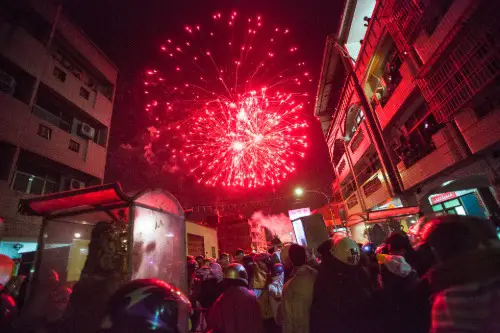
While most countries save fireworks for major holidays or religious festivals, Americans will light them up for just about anything. Of course, the Fourth of July is the big one, but you’ll also see them at weddings, sports victories, and New Year’s Eve. Even small towns host fireworks shows just because it’s a Saturday in summer. The sky is basically a national canvas.
Fireworks are regulated or banned in many countries due to fire risks or noise complaints. But in the U.S., they’re part of the cultural DNA. There’s something about loud booms and sparkles that says “freedom” to Americans. To others, it’s a confusing mix of joy and danger.
13. Turning Shopping Into an All-Day Experience
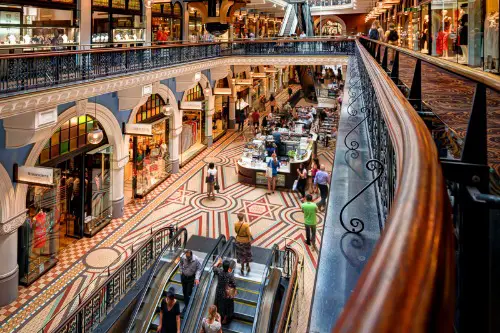
In many countries, shopping is just an errand—you get what you need and leave. But in America, it’s practically a leisure activity. With massive malls, food courts, live music, and even amusement park rides, shopping centers are designed for full-day experiences. Black Friday shopping is a sport in its own right.
People camp out for sales, rush doors at dawn, and treat it like a once-a-year treasure hunt. For outsiders, it can feel overwhelming or unnecessary. But in the U.S., consumption and entertainment often go hand-in-hand. After all, what’s more American than shopping with a side of adrenaline?


